5. The Cat’s Meow (2001)
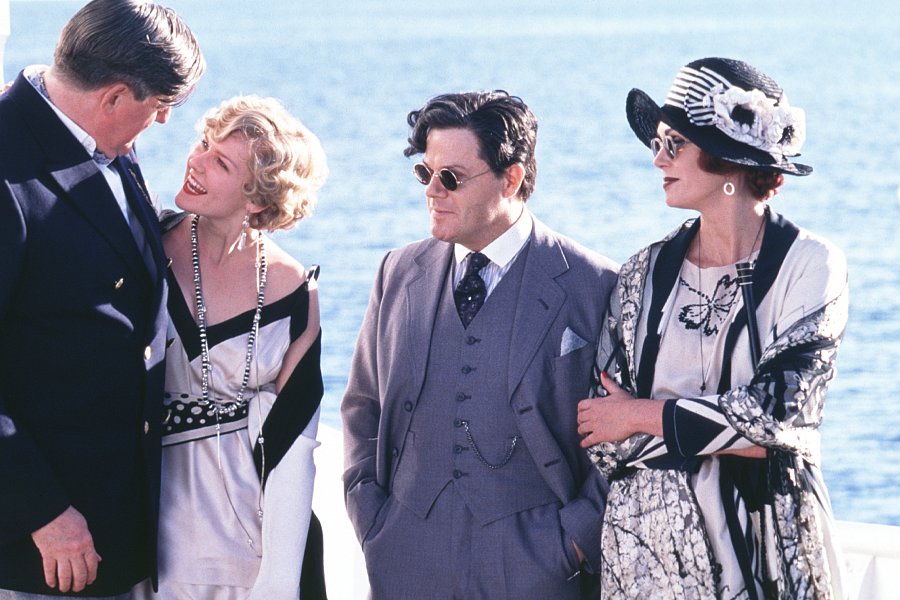
Based on the 1997 play of the same title, “The Cat’s Meow” was inspired by the mysterious death of film mogul Thomas H. Ince that occurred on William Randolph Hearst’s yacht during a weekend cruise celebrating Ince’s birthday in November 1924. Some famous people were on the yacht that day, and the movie decides to go with a speculative assessment on the unclear manner of Ince’s death.
Peter Bogdanovich was inspired to make the film based on his friend Orson Welles’ telling the story of the whole event to him. Some of the criticisms David Fincher’s “Mank” received could be attributed to ‘The Cat’s Meow” as well since it also has questionable casting choices and is not necessarily historically accurate (as far as we know); one of the highlights of both films is definitely the actresses who ended up playing Marion Davies, but Bogdanovich sets a tone that you don’t mind any flaw about it that much. It all feels like a Hollywood fantasy film. The movie doesn’t pretend that it’s something much bigger than it is or maybe it’s just Bogdanovich’s genuine passion for film history and his general knowledge of those people.
“No director is more steeped in Hearst/Welles/Kane/Hollywood lore than Bogdanovich,” said Roger Ebert in his interview. Probably these are some of the reasons why “The Cat’s Meow” works so well. It’s not among Bogdanovich’s masterpieces and feels more like a late Woody Allen movie, but it’s not a criticism; it’s a good film, wonderfully acted and staged. One could only wish it would have little less of TV movie-ish, but that’s fine.
4. Stunt Man (1980)
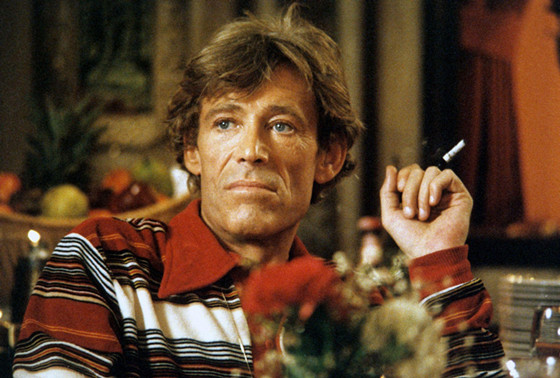
We’re coming back to stuntmen again. Despite earning three nominations, “Stunt Man” didn’t get much attention mostly because of its limited release, as it was released in about 11 cinemas back in its time. However, it always holds a special place in Peter O’Toole’s heart, who went on to say he was “determined to play it. Really determined. It was one of the only parts I ever really wanted to play.”
The film follows a Vietnam War veteran, Cameron, who is on the run from the police. He accidentally ends up on a film set where eccentric director Eli Cross is making a war film. Cameron unintentionally causes a fatal stuntman accident. Cross agrees to hide the fugitive from the police if Cameron stands in for the dead stuntman. Cameron soon suspects that the eccentric director is only using him for extremely dangerous scenes.
The movie is incredibly entertaining and hard to describe. It has everything; it creates a world where nothing is what it seems and during the film you get everything from a love story to satirical sketches of movie types, so the somewhat slow pacing shouldn’t bore anyone. The script is witty and original as it gets and while he’s not the main character, O’Toole is just nailing it as this over-the-top, unpredictable director. Definitely among his best performances, if not the best. As for the film itself, definitely one of the best movies about making movies.
3. Day of the Locust (1975)
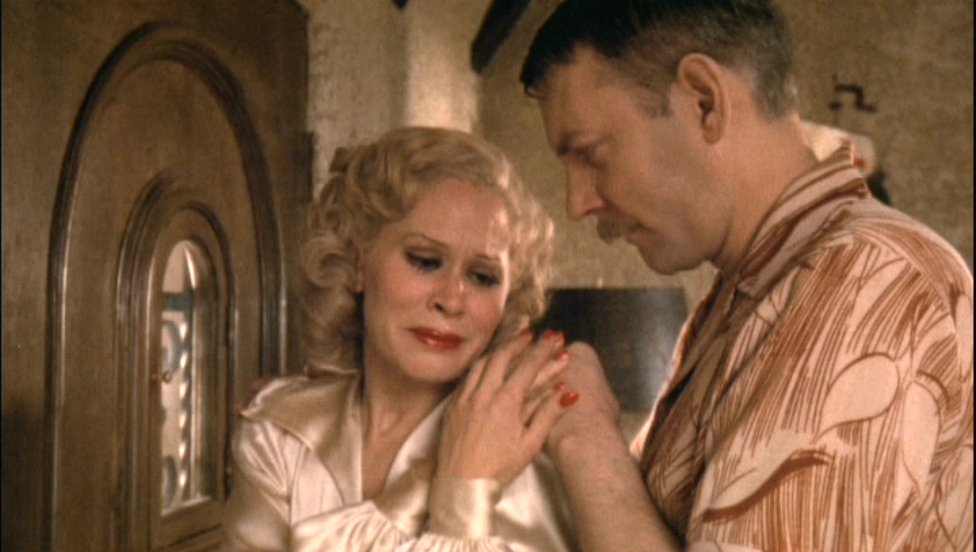
Most of the great films about Hollywood are about its dark sides, interestingly enough. If you like such stories, then “Day of the Locust” is something you shouldn’t skip. Featuring terrific work by Karen Black, Donald Sutherland, and Jackie Earle Haley, the story is viewed through the eyes of set designer Tod Heckett. Then we get to meet several other characters, like Faye Greener, an extra who lives with her alcoholic father and wants to become famous someday. Her character is the main focus of the movie’s narrative, which also has a lot of misfit characters including brat child actor (Haley), a dwarf bookie (Billy Barty), total outsider Homer (Sutherland, who once again proves that it’s a crime that he never got an Oscar nomination) and so on.
It’s a film that might leave you with mixed feelings, but one thing for sure: it’s an unusual experience. Some of the script can be heavy-handed and the ending might be too long or overdone, but John Schlesinger creates a great, almost nightmarish atmosphere that is strangely in contrast to the cinematography – Conrad L. Hall used a yellow lens to create a “sunny” California atmosphere. The satire elements are strong here but it feels almost like a horror film at times. Techs and set designs are also worthy of praise, and “fascinating” would probably be the best word to describe the whole experience.
2. Targets (1968)
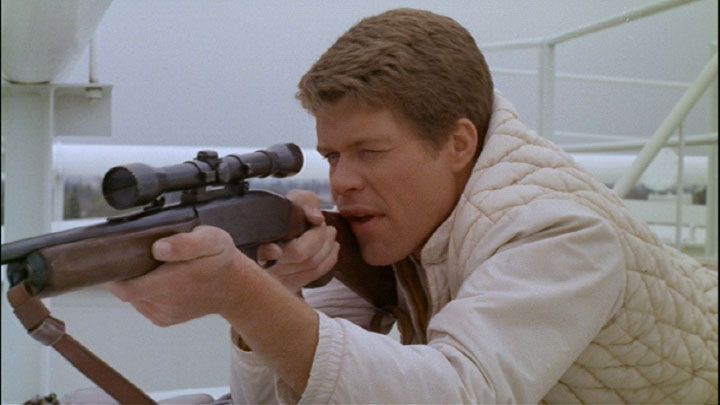
A touching drama and intense thriller as well as a major inspiration on Tarantino’s “Once Upon a Time in Hollywood,” “Targets” is a film that deserves more recognition for many reasons. Just like Christopher Guest, Peter Bogdanovich is another filmmaker who has two films on the list. “Targets” is not in first place, only because it’s not all about Hollywood, but it’s a wonderful film that interconnects two different stories: one about a crazed sniper, and another about a veteran horror icon who decides to retire (played by none other than the legendary Boris Karloff himself).
Bogdanovich and his then-wife Polly Platt came up with a brilliant idea for this film. It serves a brilliant tribute to Karloff’s career, gives him a chance to shine in an unlikely role, say farewell to his fans, and highlights his talents as narrator master and a horror actor as well; while with the other story, he gives a strong message on guns that still resonates today. But how the film got made, under what conditions and rules, is a total other story and perhaps makes the film even more impressive when you know the story behind it. There’s no place to write it all down, but you should check it out.
The movie came into wider attention when Bogdanovich had a golden peak in the early ‘70s, but doesn’t often cite it among his best of all time. He later made other films on Hollywood – including the harshly reviewed “Nickelodeon,” which is a fine film itself – but while his films went around some darker subjects as in “Saint Jack,” he never came back to the thriller genre, which is a shame. The movie also somewhat symbolizes an end of an era and a shift in Hollywood. It’s ironic that Bogdanovich ended up being one of the early leaders of the “New Hollywood” movement because his heart was always in the Golden Age of cinema. No wonder he dedicated half of his career to keeping his heroes’ legacy alive, and here he was doing the exact same thing.
1. State and Main (2000)
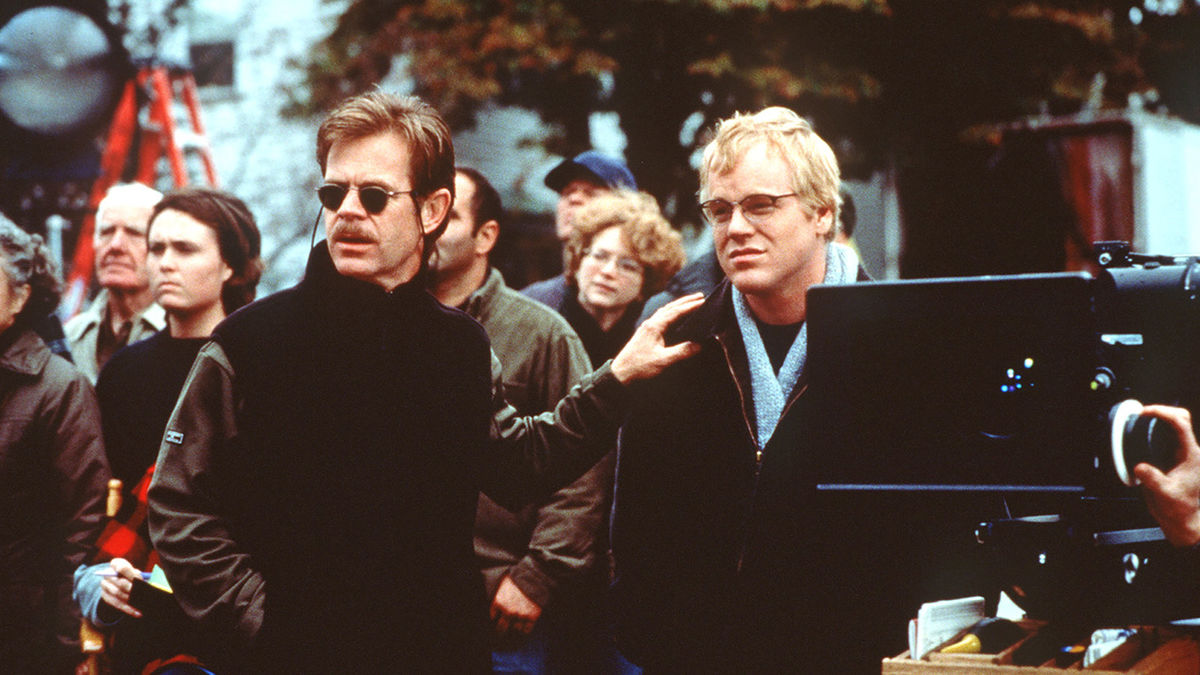
Hollywood comes to an idealistic small town and everything gets out of control. “State and Main” is about a film production crew, running out of money, that decides to go to the provincial town of Waterford; the director hires a screenwriter to adapt the script to move the plot to a fire station. However, our writer suffers from writer’s block, but he gets inspiration from a local bookseller whom he just started to have a relationship with. The actress asks to get paid more if she is to appear in a nude scene, while the male actor seduces an underage girl. Basically, everything is a mess and the idealistic small town people can be as rotten as the Hollywood people.
The movie is written and directed by David Mamet, and that means you’ll get a lot of playful, sometimes quotable lines – but who knew he could also be this funny? Certainly, a Mamet comedy is not too common in cinema, but, it should be noted that the humor is mostly subtle and it will definitely appeal more to people who have knowledge about Hollywood and filmmaking, or showbiz in general.
To general audiences, it might come off like a typical drama that is not too dramatic. The movie probably benefited from Mamet’s own experiences and sharp observations while writing the script. As a director, his tone is seemingly influenced by Robert Altman here. It’s true that the movie doesn’t have a distinctive cinematic style, and typical to Mamet’s fashion, it could just work on a stage as well, but his narrative skills are great enough to make it work to a high degree.
He’s also helped by a great cast, which includes William H. Macy, Philip Seymour Hoffman, Sarah Jessica Parker, and Alec Baldwin. They clearly have fun with the material, which sometimes drags their own professions and the daily adversities of movie star life. It was made in a time when self-parodies from Hollywood were becoming a thing again; Steve Martin’s “Bowfinger” received well and then they made “America’s Sweethearts,” which obviously was the most commercially appealing one. “State and Main” is seemingly a bit lost there, but it deserves attention. It is a pleasant experience full of witty dialogues and excellent performances.